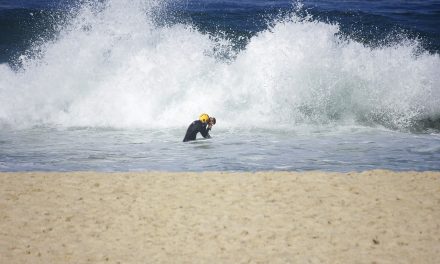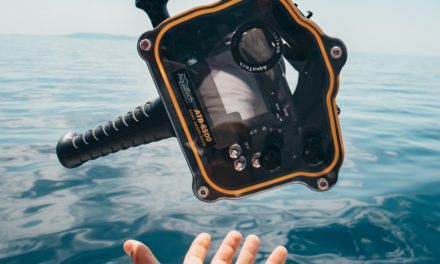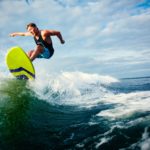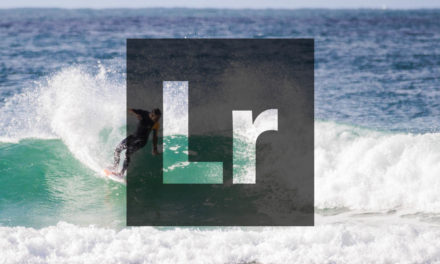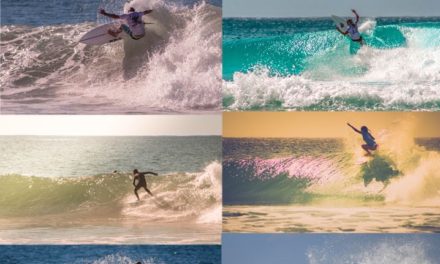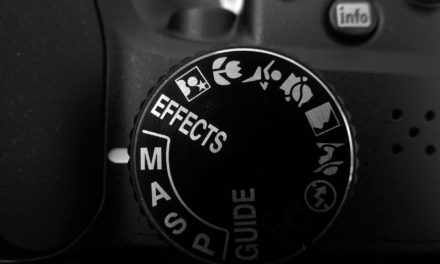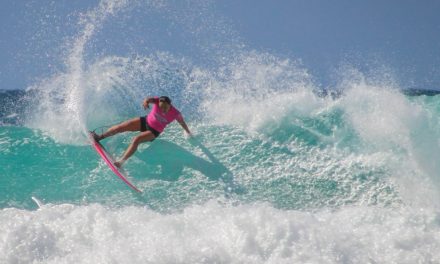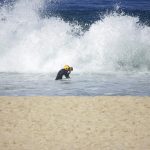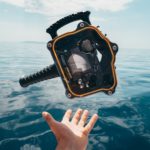
Advice for Surf Photographers to Stay Afloat and Safe in the ocean
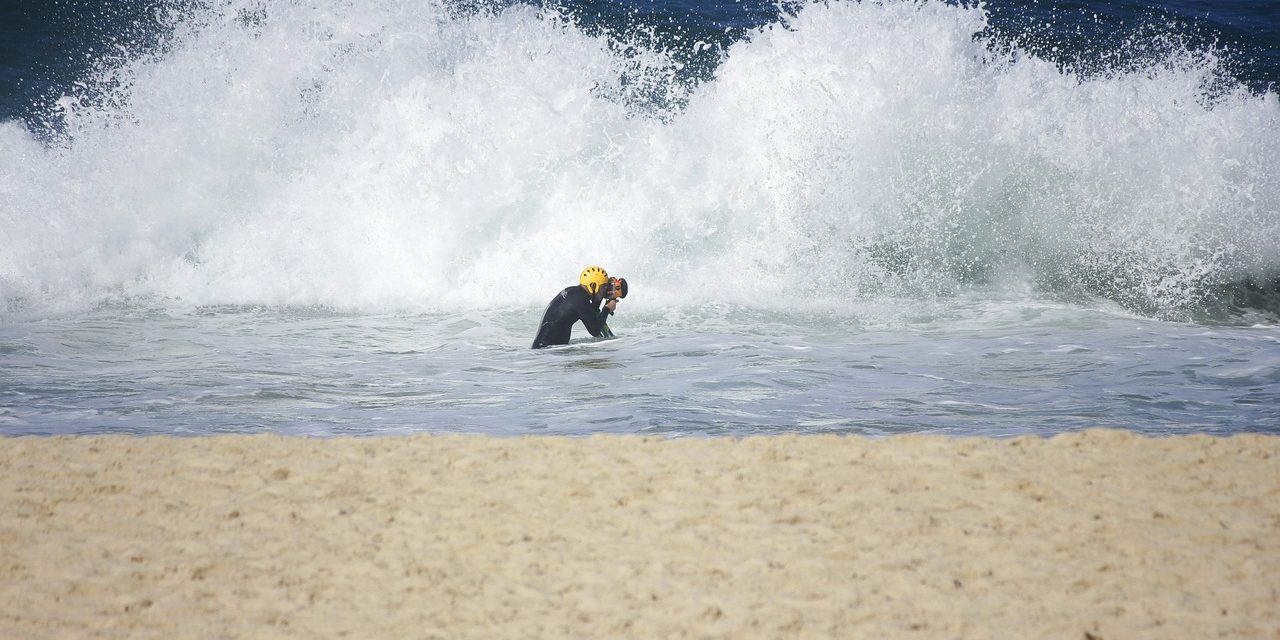
Imagine being amidst crashing waves, trying to capture the perfect shot of surfers riding the swell. Surf photography in the water is an exhilarating yet challenging pursuit, requiring not only artistic skill but also a deep understanding of the ocean’s dynamics. In this article, we’ll delve into the strategies you can employ to stay afloat and safe while navigating the unpredictable waters during your surf photography.
1. Mastering the Art of Swimming
Swimming skills for surf photographers is important
Surf photographers need more than just a keen eye for composition, at the core of every surf photographer’s safety is a mastery of swimming skills. Before venturing into the water with expensive camera gear, ensure you are a strong and confident swimmer. Consider taking swimming lessons if needed, and practice regularly to maintain your fitness.
2. Know Your Surf Break
Every surf break is unique, with its own set of challenges. Understanding the wave patterns, currents, and potential hazards of the specific surf break you plan to shoot at is crucial. Research the location in advance and talk to local surfers for insights into the conditions you might encounter. Understanding wave patterns, currents, and potential hazards helps ensure you can be in the right place at the right time.
3. Timing and Positioning
Timing is everything in surf photography. Photographers need to anticipate the movement of surfers and waves, positioning themselves strategically for that perfect shot while avoiding potential hazards. It’s a delicate dance that requires skill and experience.
4. Gear Up Appropriately and take safe precautions
Safety should be taken seriously when doing surf photography in the water. Investing in the right gear is important for both your safety and the protection of your equipment. It can be a lifesaver to have flotation devices, surf helmets, and even communication devices are part of your arsenal while out in the water. Taking effective safety measures can provide an added layer of protection, and help you to focus on capturing the moment without compromising your own well-being.
Investing in the right gear is essential for both your safety and the protection of your equipment. A quality wetsuit is a must, especially in colder waters, and a reliable leash will keep your camera attached to you. Consider using fins to enhance your mobility in the water.
Check Surf Photography Gear options on Amazon




5. Buoyancy Matters
If you’re using a water housing for your camera, make sure it provides sufficient buoyancy. The buoyancy of water housing not only protects your gear during a surf photography session and helps you stay afloat, but can save your gear if you find yourself momentarily separated from your equipment in the water.
6. Weather and Wave Conditions
Stay updated on weather and wave forecasts before heading out. Conditions can change rapidly, and being aware of potential challenges will help you plan your shoot more effectively. Check for any warnings or advisories that may impact your safety.
7. Stay Hydrated
While it may seem obvious, staying hydrated is often overlooked. Spending hours in the sun and surf can be physically demanding, and proper hydration is essential for maintaining focus and energy.
Conclusion
Capturing the beauty and power of the ocean through surf photography is a thrilling adventure. By prioritizing safety, mastering swimming skills, and investing in the right gear, you can ride the waves confidently and create stunning visuals that tell the story of the sea.
Remember, the key to successful surf photography is not just in capturing the perfect moment but doing so responsibly and safely. So, gear up, dive in, and let the waves inspire your next masterpiece!

